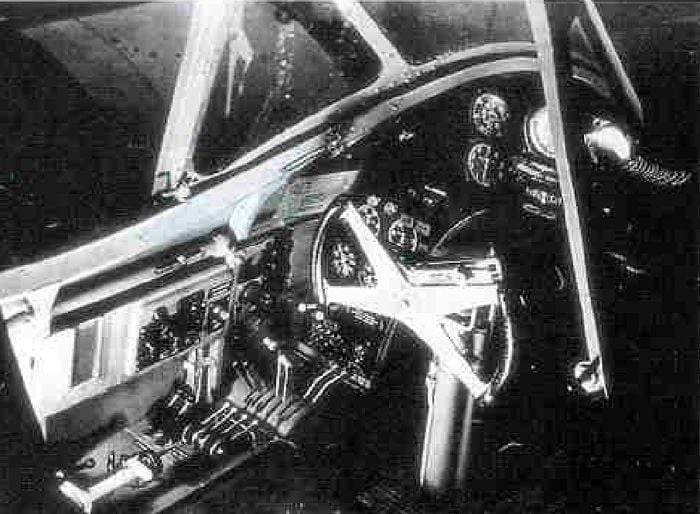What Cockpit?
Join Date: Dec 2001
Location: Nottingham UK
Age: 85
Posts: 5,575
Likes: 0
Received 0 Likes
on
0 Posts
Think we're going to need more clues - is it Canadian?
Travel Air Type R Mystery Ship Texaco 13?
Can't find a picture of the cockpit but it looks like a dog to fly
Can't find a picture of the cockpit but it looks like a dog to fly
Join Date: Dec 2001
Location: Nottingham UK
Age: 85
Posts: 5,575
Likes: 0
Received 0 Likes
on
0 Posts
Incidentally the attempt, back in 1928, to win a long distance record for light aircraft.in the subject aircraft failed and unfortunately the pilot was lost..
Now with that clue...... The Ford Flivver?
https://www.thehenryford.org/collect...rtifact/264186
OH if correct
https://www.thehenryford.org/collect...rtifact/264186
OH if correct
Join Date: Dec 2001
Location: Nottingham UK
Age: 85
Posts: 5,575
Likes: 0
Received 0 Likes
on
0 Posts
Now with that clue...... The Ford Flivver?
https://www.thehenryford.org/collect...rtifact/264186
OH if correct
https://www.thehenryford.org/collect...rtifact/264186
OH if correct
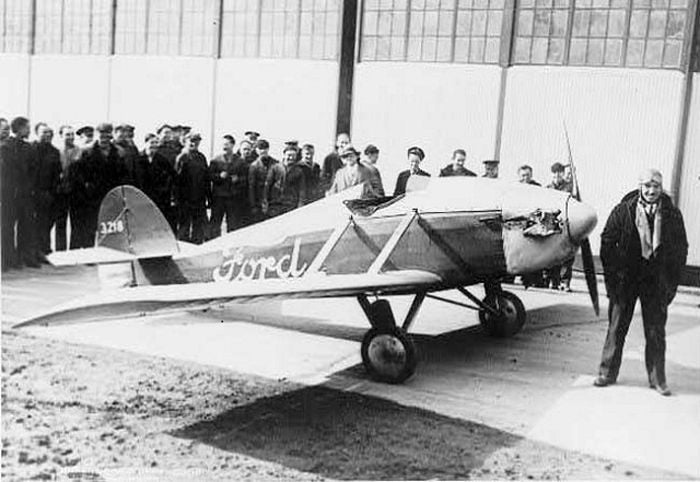
Last edited by MReyn24050; 26th Nov 2019 at 15:49.
Quite an unpleasant aircraft according to all concerned................
Join Date: Dec 2001
Location: Nottingham UK
Age: 85
Posts: 5,575
Likes: 0
Received 0 Likes
on
0 Posts
According to Wikkipedia there were 3 protypes plus a completely new build version so the cockpits could come from any of them:-
Ford unveiled the Flivver on his 63rd birthday, July 30, 1926. Ford's chief test pilot was Harry J. Brooks, a young employee who had become a favorite of Ford. Brooks flew the Flivver regularly from his home garage to work at the Ford Laboratory, and later, used the second Flivver to move about the Ford properties. He once flew the aircraft in a race against Gar Wood in Miss America V on the Detroit River during the Harmsworth Trophy Races.[10]
In an attempt to draw on his popularity, Charles Lindbergh was invited to fly the Flivver on a visit to Ford field, August 11, 1927, and was the only other pilot to fly the Flivver prototypes.[11] He later described the Flivver as "one of the worst aircraft he ever flew".[12]
[N 2]
A third prototype, tail number 3218, with "long" wings[13] was built to win a long distance record for light planes in 440 to 880 lb (200 to 400 kg) "C" class.[N 3] The race was set from Ford Field in Dearborn Michigan to Miami, Florida. A first attempt launched on 24 January 1928, witnessed by Henry Ford, landed short in Asheville, North Carolina. A second attempt, flying the second prototype, witnessed by Edsel Ford, Brooks launched from Detroit on February 21, 1928 but landed 200 mi (320 km) short in Titusville, Florida, where the propeller was bent, but still achieved a 972 mi (1,564 km) record.[15]
During his overnight stay at Titusville, Brooks had repaired the aircraft, using the propeller from the aircraft involved in the forced landing. He had also placed wooden toothpicks in the vent holes on his fuel cap to prevent moist air from entering and condensing overnight. On February 25, Brooks took off to complete the flight, circled out over the Atlantic where his motor quit and he went down off Melbourne, Florida. The wreckage of the Ford Flivver washed up, but the pilot was never found. Investigation of the wreckage disclosed that the toothpicks had plugged the fuel cap vent holes, causing an engine stoppage.[16]
Following the death of Brooks, Henry Ford was distraught at the loss of his friend, and light aircraft development was stopped under the Ford brand. In 1931, a new "Air Flivver" or Sky Car was marketed by the Stout division of Ford.[17] Ford went back into light plane development in 1936 with the two-seat Model 15-P. The prototype crashed during flight testing and did not go into production.
Ford unveiled the Flivver on his 63rd birthday, July 30, 1926. Ford's chief test pilot was Harry J. Brooks, a young employee who had become a favorite of Ford. Brooks flew the Flivver regularly from his home garage to work at the Ford Laboratory, and later, used the second Flivver to move about the Ford properties. He once flew the aircraft in a race against Gar Wood in Miss America V on the Detroit River during the Harmsworth Trophy Races.[10]
In an attempt to draw on his popularity, Charles Lindbergh was invited to fly the Flivver on a visit to Ford field, August 11, 1927, and was the only other pilot to fly the Flivver prototypes.[11] He later described the Flivver as "one of the worst aircraft he ever flew".[12]
[N 2]
A third prototype, tail number 3218, with "long" wings[13] was built to win a long distance record for light planes in 440 to 880 lb (200 to 400 kg) "C" class.[N 3] The race was set from Ford Field in Dearborn Michigan to Miami, Florida. A first attempt launched on 24 January 1928, witnessed by Henry Ford, landed short in Asheville, North Carolina. A second attempt, flying the second prototype, witnessed by Edsel Ford, Brooks launched from Detroit on February 21, 1928 but landed 200 mi (320 km) short in Titusville, Florida, where the propeller was bent, but still achieved a 972 mi (1,564 km) record.[15]
During his overnight stay at Titusville, Brooks had repaired the aircraft, using the propeller from the aircraft involved in the forced landing. He had also placed wooden toothpicks in the vent holes on his fuel cap to prevent moist air from entering and condensing overnight. On February 25, Brooks took off to complete the flight, circled out over the Atlantic where his motor quit and he went down off Melbourne, Florida. The wreckage of the Ford Flivver washed up, but the pilot was never found. Investigation of the wreckage disclosed that the toothpicks had plugged the fuel cap vent holes, causing an engine stoppage.[16]
Following the death of Brooks, Henry Ford was distraught at the loss of his friend, and light aircraft development was stopped under the Ford brand. In 1931, a new "Air Flivver" or Sky Car was marketed by the Stout division of Ford.[17] Ford went back into light plane development in 1936 with the two-seat Model 15-P. The prototype crashed during flight testing and did not go into production.
Possibly an Aero 145....?
certainly looks a strong possibility - tho they varied in detail a bit I think
Thanks,nothing at moment,soooo...OH......
Try this one:
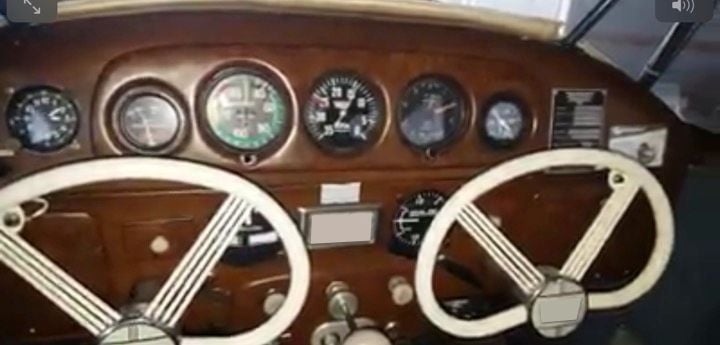

Nothing perhaps about it, as the original photo, reveals:
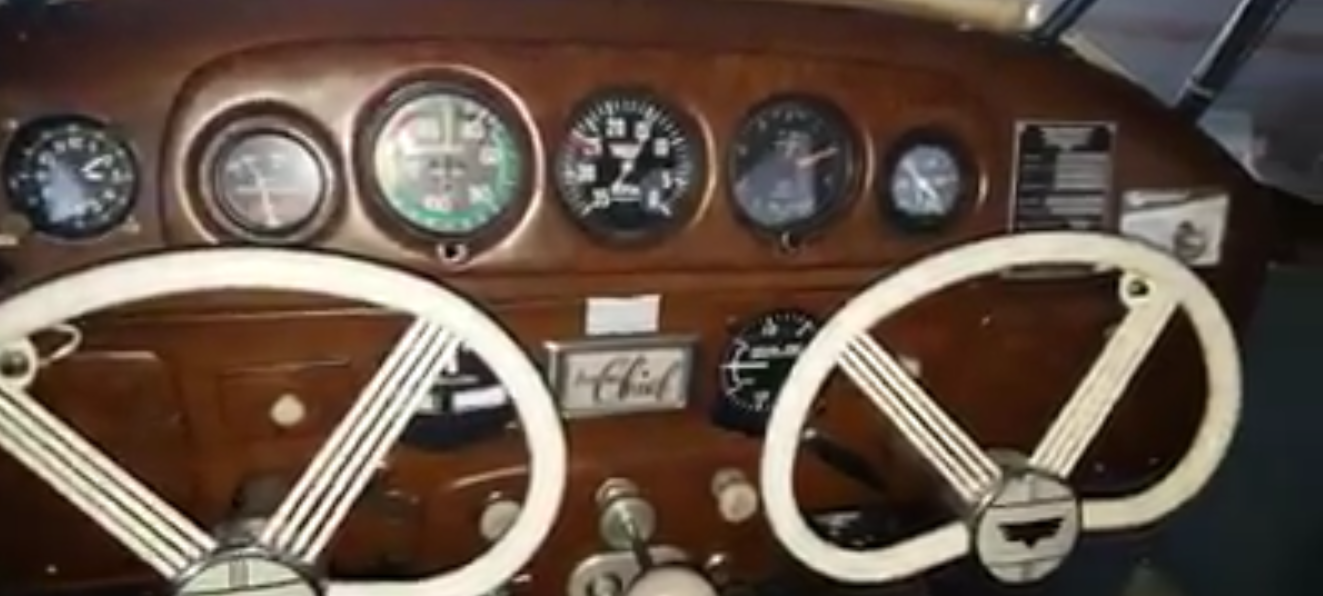
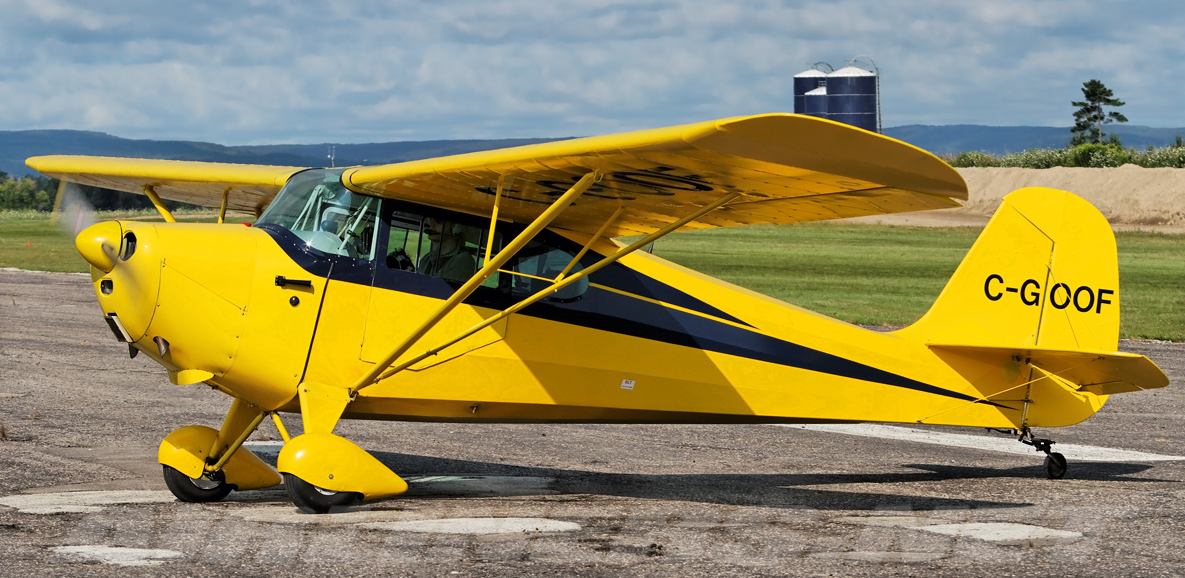
I've always felt it looked a bit odd with the snub-nose.
Mel has control.


I've always felt it looked a bit odd with the snub-nose.
Mel has control.






